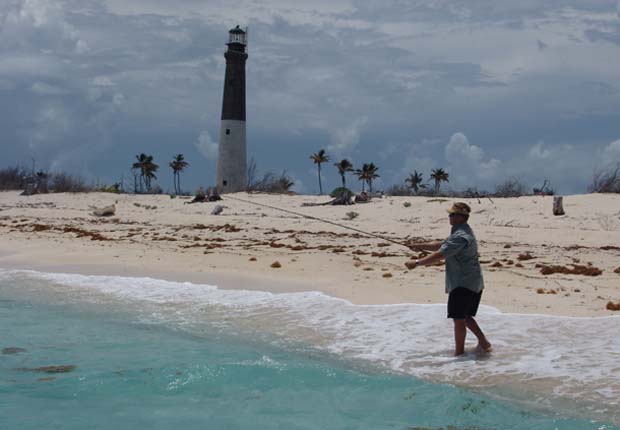The Land and Water Conservation Fund needs more funding, not less. It expires in September
[dropcap]T[/dropcap]he Land and Water Conservation Fund (LWCF) is the federal program to conserve irreplaceable lands and improve outdoor recreation opportunities throughout the nation. The program works in partnership with state and local efforts to acquire and protect inholdings and expansions in our national parks, national wildlife refuges, national forests, national trails, and BLM areas. LWCF grants to states support the acquisition and development of state and local parks and recreational facilities. But the program has been chronically underfunded leading to a number of missed opportunities for investing in important areas.
All in
Now, a broad-based coalition of conservation, recreation, environment, business, historic and cultural organizations as well as many others are working together to secure full and dedicated funding of the LWCF. At the congressionally authorized level of $900 million annually, we can help preserve natural areas, historical sites, wildlife habitat, and ensure that all Americans have access to quality outdoor recreation.
The value added
According to the National Fish and Wildlife Foundation, outdoor recreation, natural resource protection and historic preservation are a $1.7 trillion a year economic engine that supports 12.8 million American jobs. As a result, public lands, open space and community parks have a positive impact on local communities. The National Park Service found that the more than 282 million visits to park units in 2012 generated $14.7 billion for gateway communities. And research by Headwaters Economics in 2012 found that Western counties with federally protected public lands showed a significant employment increase and higher salaries, primarily in service-based industries that see outdoor opportunities
as a lure for the best and brightest employees.
Starving the best race horse in the barn
Funding allocated to Land and Water Conservation Fund (LWCF) programs has dropped even as the revenues from offshore development, and the cost of conservation, has gone up. According to the U.S. Department of Agriculture, the average farm real estate value grew almost five times from the mid-1980s to 2013. At the same time, offshore oil and gas revenues have increased dramatically, so now even the currently authorized annual level of $900 million is less than 10 percent of total revenues. If it was adjusted for inflation, the original $900 million deposited into LWCF each year would be over $3.5 billion!


